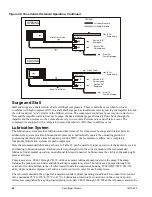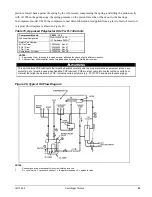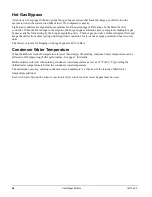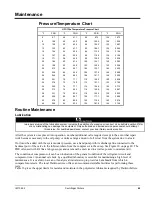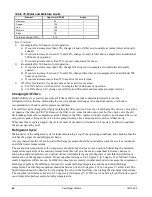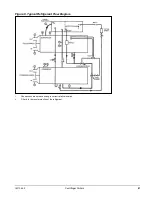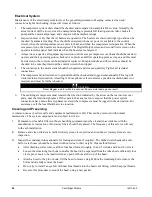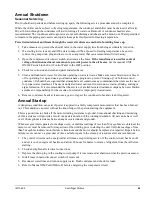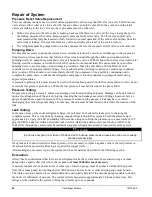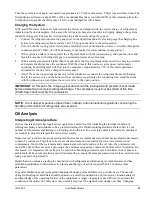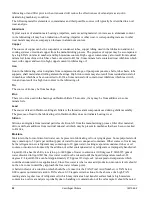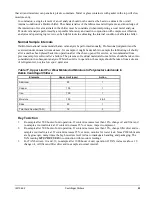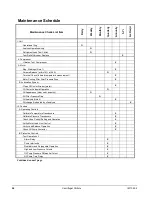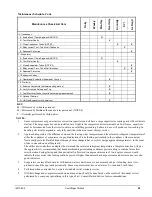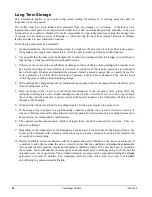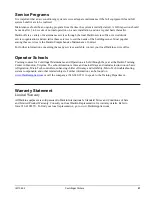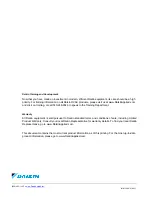
56
Centrifugal Chillers
IM 1044-2
Long Term Storage
This information applies to new units being stored waiting for startup or to existing units that may be
inoperative for a long period.
The chiller must be stored indoors and protected from any damage or corrosion. A
Daikin
service
representative must perform an inspection and leak test of unit on minimum quarterly schedule, to be paid
by the owner or contractor.
Daikin
will not be responsible for any refrigerant loss during the storage time
or repairs to unit during period of
storage
, or while moving the unit from original location to
storage
facility and back to new installation location.
The following tasks must be performed:
1. As discussed above, the first and foremost task is to leak test the unit when it is in its final resting place.
If any leaks exist, repair them immediately. After the unit is stored, perform a periodic leak test.
2. It is possible that the unit could be bumped, hit or otherwise damaged while in
storage;
so in addition to
leak testing, a visual overall inspection should be done.
3. If there is concern about the possibilities of damage and loss of charge during
storage
, the customer can
pay to have the charge removed and stored in recovery cylinders. If this is done, pressurize it to about 20
psi with nitrogen .Monitor and maintain the pressure. Install a pressure gauge that can easily be read or
tie in a remotely alarm that can be monitored if pressure reduces. This is desirable if the unit is stored
with refrigerant or with a nitrogen holding charge.
4. If the unit has been shipped and not yet installed, keep it pumped down (as shipped from the factory) and
close all refrigerant valves.
5. Keep oil sump valves closed to avoid refrigerant migration to the oil sump. Over a
long
term
, the
refrigerant will migrate to the oil tank and displace the oil. The oil will spill over in to the evap. through
the vent line and when the unit is powered up and the heaters turned on, the refrigerant will boil out and
the sump will be empty.
6. Clean and dry the unit and look for any chipped paint. Touch up as required to prevent rust.
7. If the storage area is subject to a high humidity, consider a shrink wrap or water resistant covering of
some sort. Desiccants must be placed inside electrical panels and starters (mounted or shipped loose) and
be renewed as recommended by manufacturer.
8. The operator touchscreen monitor, which is shipped loose, should be secured in a dry area. They are
subject to pilferage.
9. Regardless of the temperature of the
storage
area, make sure all vessel tubes are drained and blown dry
to prevent the minerals in the standing water, plus oxygen present, causing tube pitting. This includes the
oil cooler and water piping.
10. Restart by
Daikin
service technicians will be required and paid to
Daikin
by the owner
or contractor. It
is prudent to take photos when the unit is stored to show that the conditions of
storage
have been met
.
Also document all inspection reports and abnormal conditions found. If the unit has been
in operation,
the run-time hours and number of starts must be documented prior to
storage
, along with
the date the
unit taken was out of operation. The extended warranty coverage can be suspended during
the
storage
period-not to exceed 30 months. The remaining warranty time will restart once unit is
reinstalled
and officially re-commissioned by
Daikin
.

